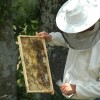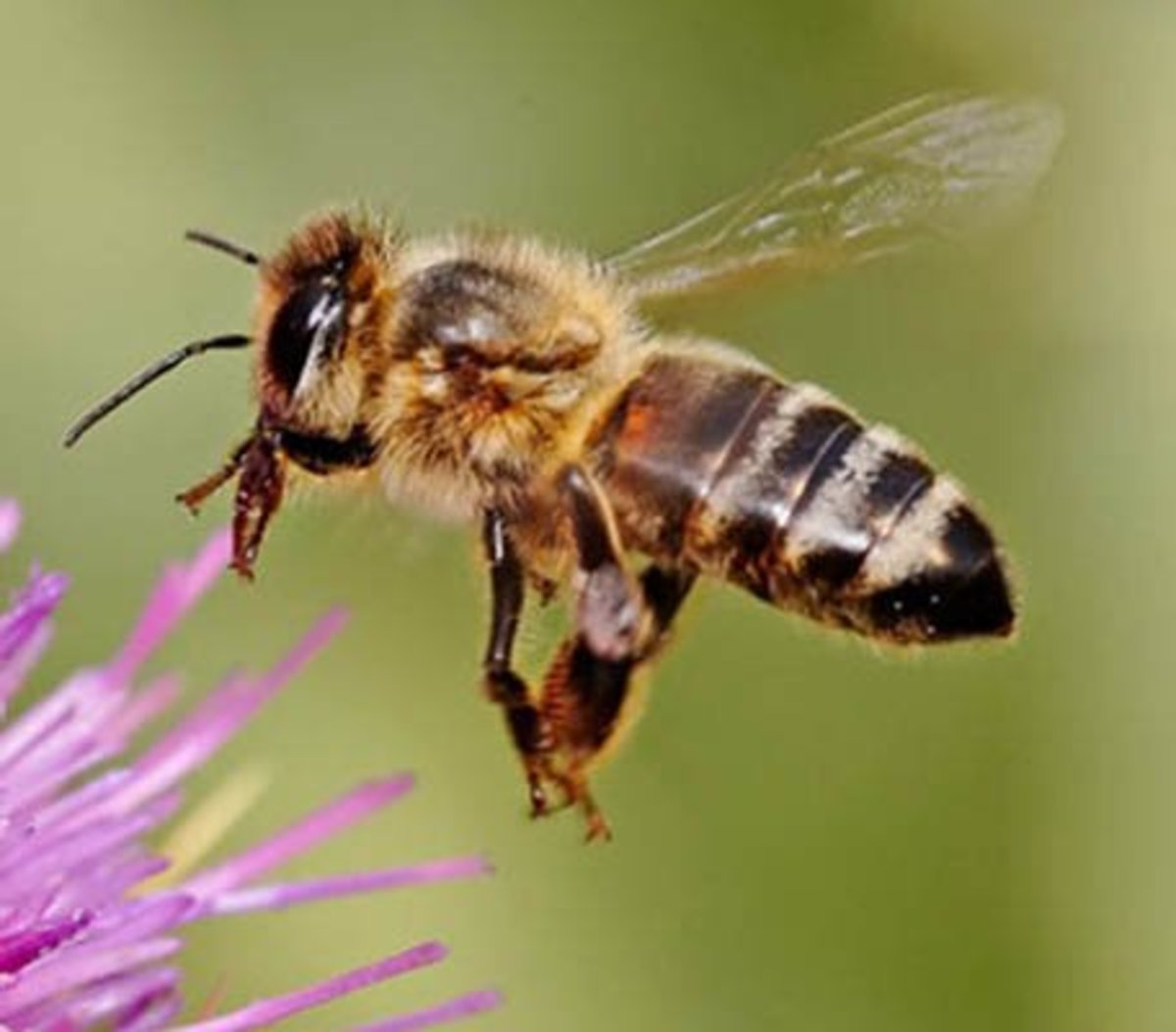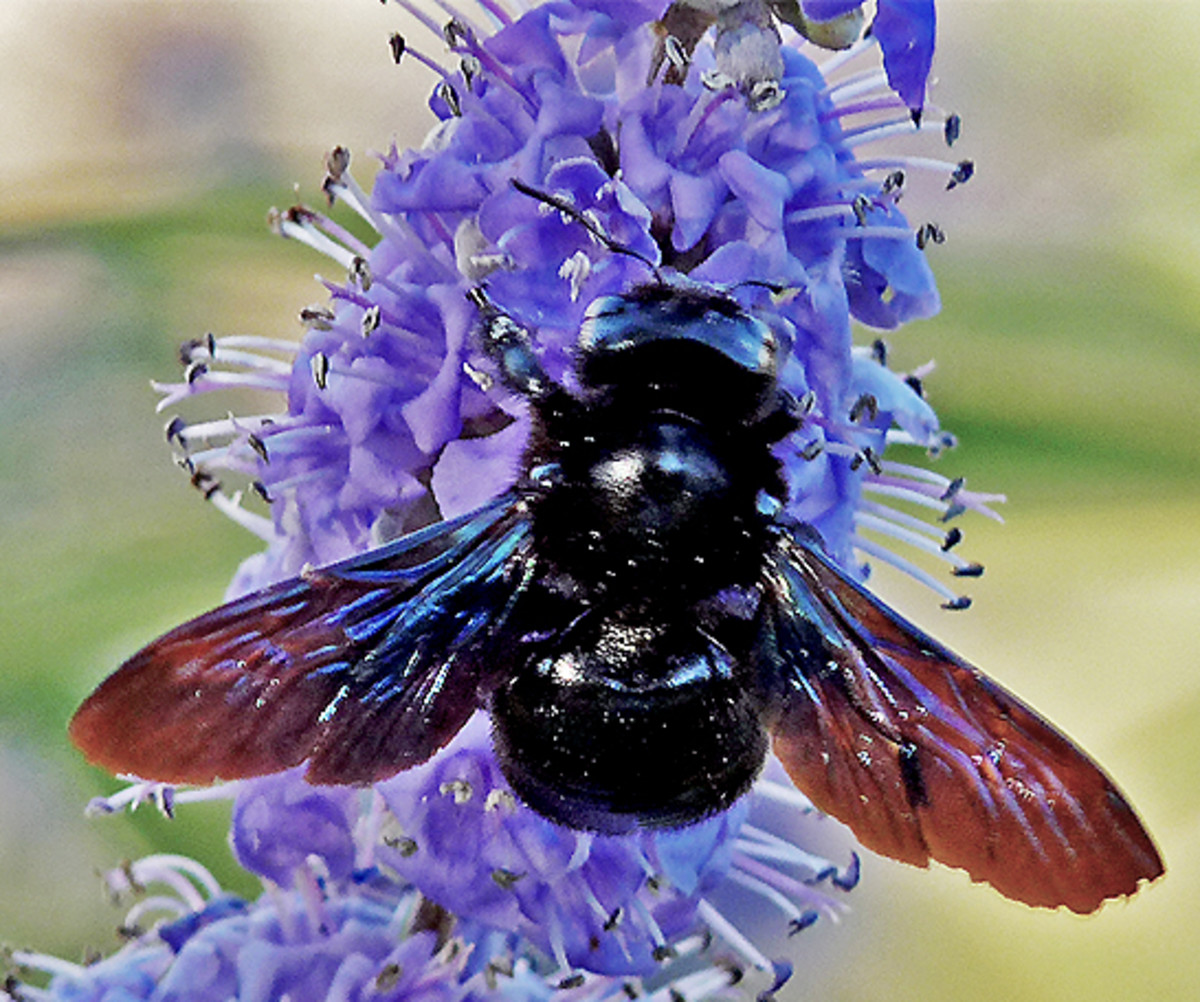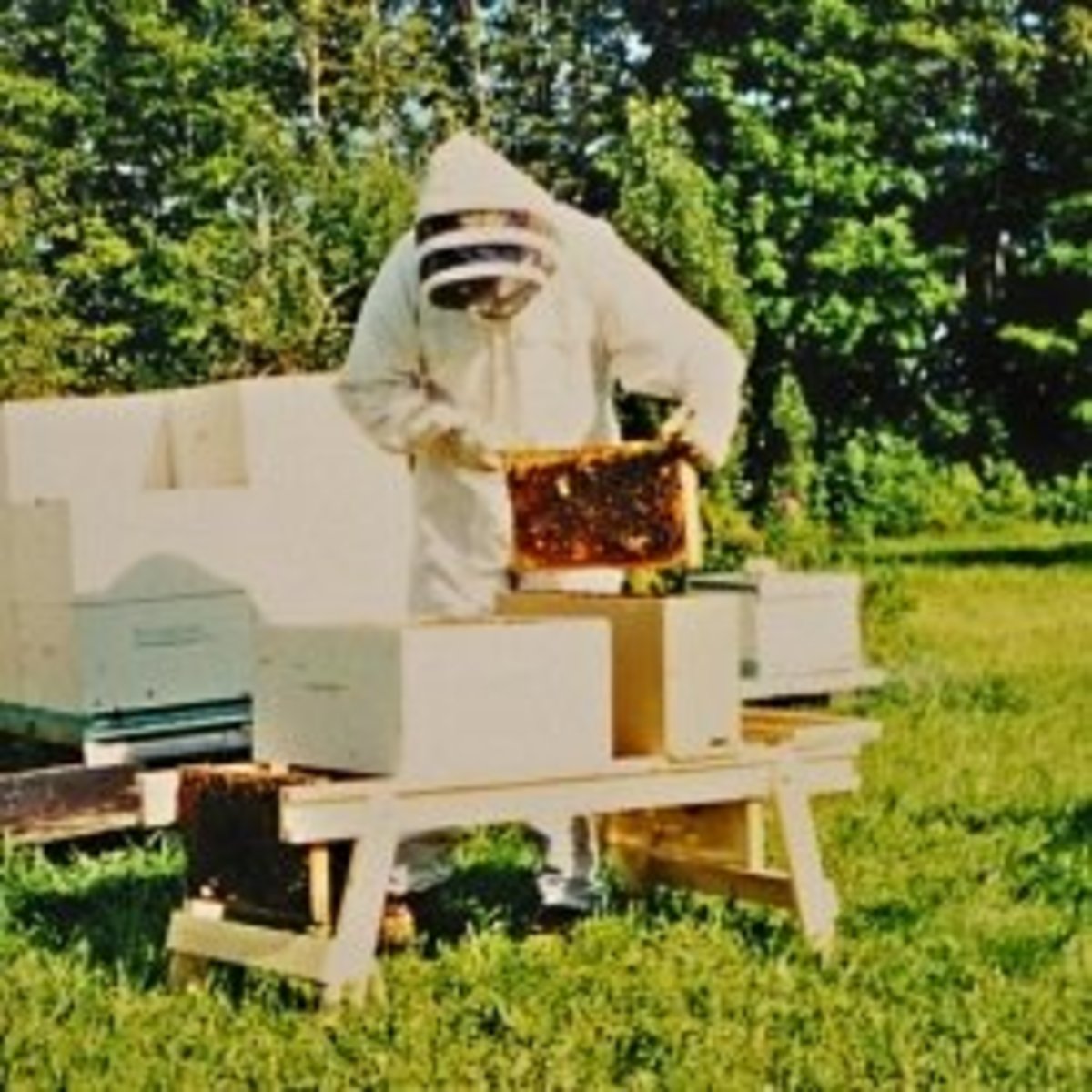Raising Bees
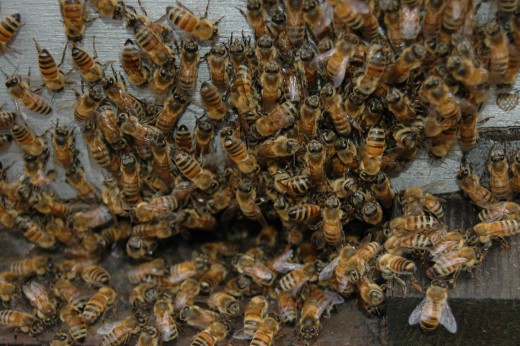
Is Beekeeping Something that I Will Enjoy?
So, you are thinking about keeping honey bees. Good, do it. My experience is that most people who get started raising bees become more fascinated with it as they become more involved. It is one of those activities that remain engaging no matter how long you have done them. I have never met anyone who was sorry that they had gotten involved in beekeeping.
How Can I learn to Keep Bees?
First, take a local beekeeping course. Most areas have a local bee club and most bee clubs offer a beginners’ course in the early spring each year. These courses vary in length and quality; many are quite good. Tuition is usually very inexpensive, a few bucks. Most are taught by an experienced, local beekeeper. This is an important point. Beekeeping technique can vary greatly from one local to another; keeping bees in Florida requires different management than keeping bees in Minnesota. Going to a local course will help you learn what works best in your area. Also, join the club and go to the meetings. You will learn a lot. Many clubs have a mentoring program, which is a big help to beginners. In the United States, your state's agricultural extension service can help put you in touch with local bee clubs.
One thing that you will learn immediately is that ten experienced beekeepers will give you twelve different answers to the same question, all of which are probably correct. Another thing that you will notice is that second year beekeepers know more than anybody else; I know I did.
Read. There are lots of good books on beekeeping. You can’t learn to keep bees from a book, but they can really help increase your understanding of what you are doing. I would favor those books that explain bee biology within the context of beekeeping. Beekeeping is an exercise in applied biology. The better you understand the bees’ biology, the better you will understand what you need to do and why you need to do it.
Most important of all, get some bees and get started. There is no substitute for experience. You will make some mistakes, everybody does, but don’t worry honey bees are surprisingly resilient. Beekeeping is a craft and the only way to learn a craft is to do it.
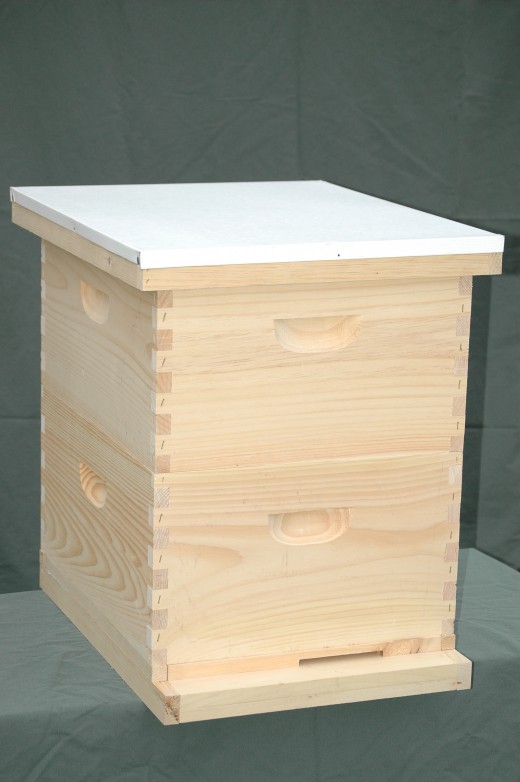
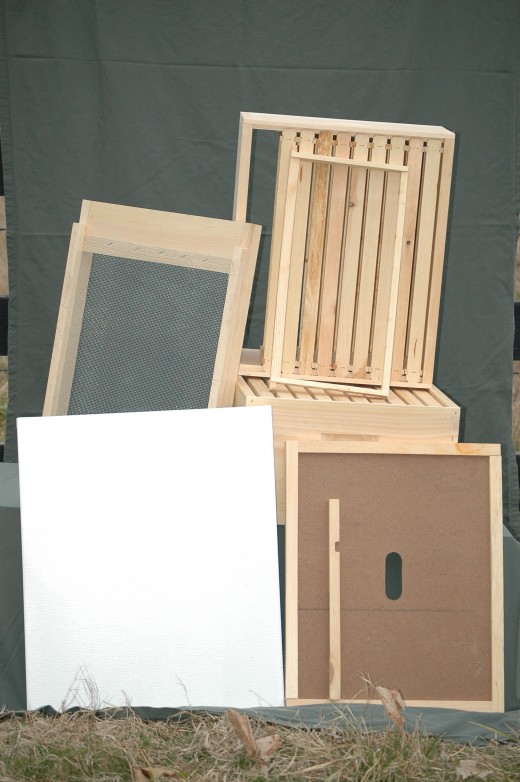
What Sort of Beekeeping Equipment Do I Need?
I recommend that new beekeepers start with a Langstroth style beehive. There are other styles available, the Warre and the top bar hive, to name just two, but Langstroth hives are far and away the most popular. Starting with a standard Langstroth hive insures that you will be able to find help when you need it.
Protective clothing is another necessity. At minimum you will need a beekeeper’s veil and gloves. Most beginners are most comfortable in a full beekeeping suit, many experienced beekeepers wear far less. As you gain experience, you will find the amount and type of protective clothing that works best for you.
Kook warning: You won’t be long into your beekeeping career, maybe a couple of hours, before some fellow, always a man and usually bald, exclaims to you how he works his bees without any protective gear at all. “None at all,” he’ll say. Just smile, nod, and inch away. Actually, most of the time you could get away with not using any protective gear, most bees are quite gentle. You will find that many beekeepers don’t wear gloves, but no veil? Why take the chance of getting stung in the eye? Bees hate getting stuck in your hair, which I think is why these guys are usually bald.
A smoker and a hive tool round out the list of equipment that you will need, at least in the beginning. A hive tool is used to pry bee boxes and other hive components apart. The least expensive hive tool available will prove satisfactory. Get a large smoker, it will be easier to light and keep lit. There are small smokers available, marketed to hobbyists, pass on these. It is possible to have a smoker that is too small, but not that is too large.
Don’t buy any equipment until you have taken a beekeeping course, or talked to some local beekeepers. Langstroth hives can be configured with different sized boxes and frames. Find out what works best in your area. The biggest factor that effects hive configuration is usually the length and severity of winter.
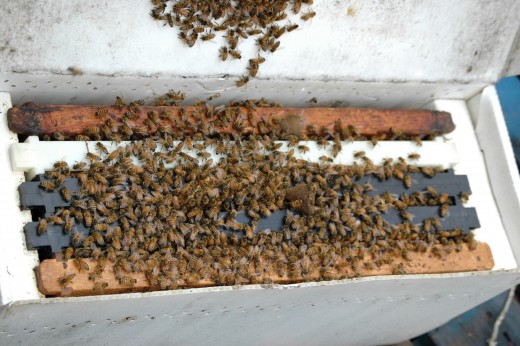
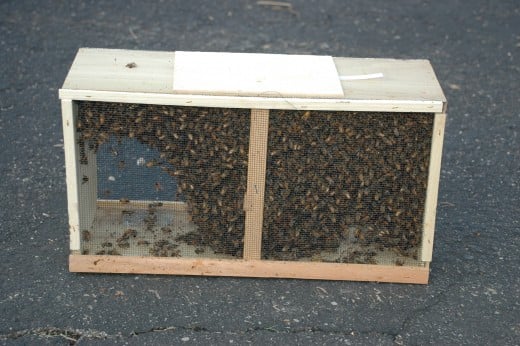
Where Do I Get Bees?
New colonies of bees are usually started from nucleus colonies, or packages. Nucleus colonies, more often called nucs, are mini-colonies. [I am pretty sure that I am on an FBI watch list because of all the references I make to nucs when on the telephone.] They contain the full age range of bees, from egg to adult; a laying queen; and usually five frames of comb. A package is literally a screened box full of bees with a queen in a separate cage. Package bees are sold by weight with three pounds being the most popular.
Again, your local bee club will be your best resource when it comes to buying bees. In the United States most bees sold in the spring are brought up from the Deep South. Bee clubs often organize pick-up and delivery of group purchases from southern suppliers. Your bee club will also be able to put you in touch with any local bee producers.
Major Beekeeping Equipment Suppliers
- Mann Lake: www.mannlakeltd.com
- Dadant: www.dadant.com
- Walter T. Kelley Company: www.kelleybees.com
- North American Beehive: www.nabeehive.com
- Betterbee: www.betterbee.com
How Much Does It Cost to Raise Bees?
The major bee equipment supply companies offer beginner kits that include all the necessary equipment to get started. Depending on whether the equipment is assembled, or not, and the type of protective clothing included, I found kits for $333.00 and $444.30. Both these kits included one beehive.
You should really start with two colonies. Having two colonies provides some management options that you don’t have with just one colony and greatly increases your chance of beekeeping success. This means, of course, that you will have to buy another hive, which will cost approximately $110.
The bees themselves cost around $125 for a nuc and $75 for a package.
A little quick math and you see that you should be well on your way to beekeeping success for less than $1,000. Given that a full grown, healthy colony can contain 60,000 individual bees, and that you will have two colonies, or 120,000 bees, you are looking at spending less than a penny per bee. What a deal!
How Much Time Does It Take To Keep Bees?
Not a whole lot. At least, not for a couple of colonies. One of the nice things about raising bees is that, unlike most other livestock, they don’t require daily attention, not even weekly attention. To have the greatest chance of success, you will need to provide some management and care, but as a new beekeeper you are probably going to want to peek inside the hive far more often than is necessary. Go ahead, take a look, it’s a fascinating world in there; just try to limit yourself to once a week, too much disturbance is not a good thing.
When Do I Harvest the Honey?
Notice that I haven’t mentioned honey, that’s why you want to keep bees in the first place, right? Maybe so, but you probably aren’t going to make any honey your first year, most of the time it takes a new colony a year to get established. The second year is when you make the honey. This isn’t such a bad thing because harvesting honey requires some more equipment, but wait until you get your bees through that first winter before you begin to worry about that. Also, some clubs have honey harvesting equipment for members to use.
Get Started
Take that first step. You know, the journey of a thousand miles… Find your local bee club, go to the next meeting. Take a course. Start reading. You will be glad that you did. Raising honeybees is endlessly fascinating.
Recommended Reading
Useful Links
- Wib Magli on HubPages
More articles on beekeeping and other topics by Wib Magli - Beemaster's International Beekeeping Forums - Index
Beemaster's International Beekeeping Forums - Index - Beesource.com - Beekeeping resources for beekeepers since 1997!
